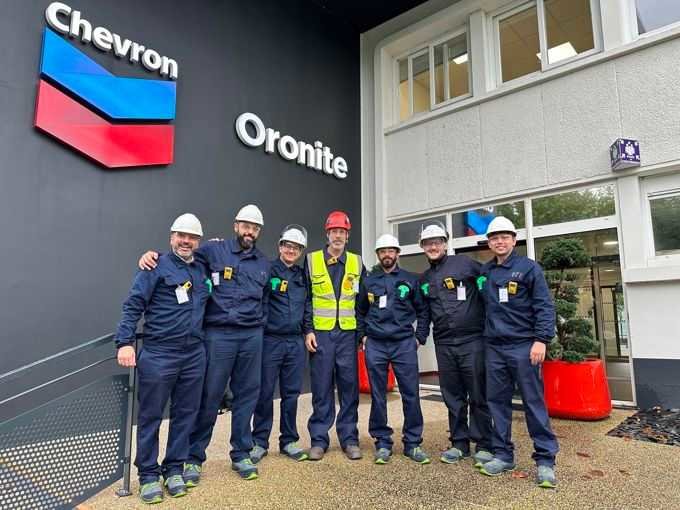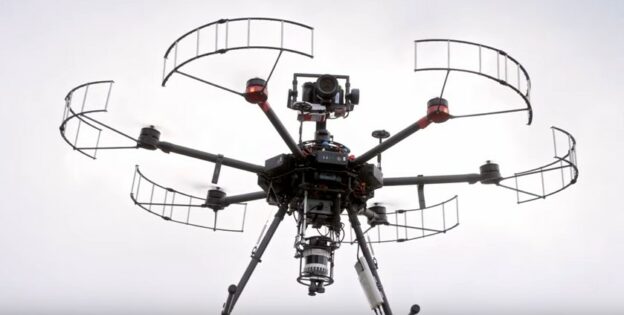Inspenet, September 25, 2023.
The Advanced Center for Aerospace Technologies (Catec) has reached a significant milestone by having an aerial robot (drone) land autonomously on a pipeline for inspection purposes. This is part of a research project known as Piloting, supported by the European Commission.
This project, which involves a consortium made up of 13 companies and institutions from different European countries, including Spain, Greece, Switzerland, France, Norway and the Netherlands, has Catec as leader. During this initiative, various aerial and ground robotic systems have been developed, designed with specific technologies to adapt to different types of infrastructure and satisfy their supervision and maintenance requirements.
Within the Piloting project, a series of advanced tests have been carried out that combine innovative robots and the Internet of Things (IoT) in various use scenarios. The goal of these experiments is to transform inspection and maintenance operations in refineries , driving significant improvements in safety and efficiency, while achieving cost and time reductions. One of the most notable achievements of these tests has been the realization of the world’s first autonomous landing of a drone on a refinery pipeline, with the purpose of measuring the thickness of the walls.
These tests were carried out at Chevron Oronite’s facility in L’Havre, France, where project engineers used specialized robots and IoT to streamline data collection more efficiently.

A robot for each type of inspection
The different types of inspection have involved the participation of several robots in specific scenarios. For example, to carry out the inspection of large structures, the advanced AeroX, developed by CATEC, has been used, which guarantees precision and safety. In the case of pipe inspection, both the Hybrid from Catec and the UT Crawler from WTR have been used, which enables early detection of possible problems and more effective maintenance planning.
Likewise, the inspection of pressure vessels has had the collaboration of WTR’s BIKE, which has contributed to improving efficiency and reducing the risks associated with this task. For terrain monitoring, ETHz and ROBOTNIK robots have been used, which has allowed real-time data collection and has facilitated more efficient space management in refineries.
Furthermore, the incorporation of IoT, when combined with these robots, plays an essential role in data capture and analysis . These technologies have been integrated into the Piloting I&M platform to deliver a complete end-to-end digital inspection solution using robots. In this way, innovative solutions have been conceived that have the potential to improve infrastructure maintenance, thus increasing safety levels and contributing to the protection of the environment against possible accidents.
These revolutionary advances position the European Piloting project as an example of innovation and sustainability for the refinery industry globally. It is anticipated that the discoveries and solutions developed in the context of this research will serve as the basis for future commercial products once the project concludes at the end of 2023.

